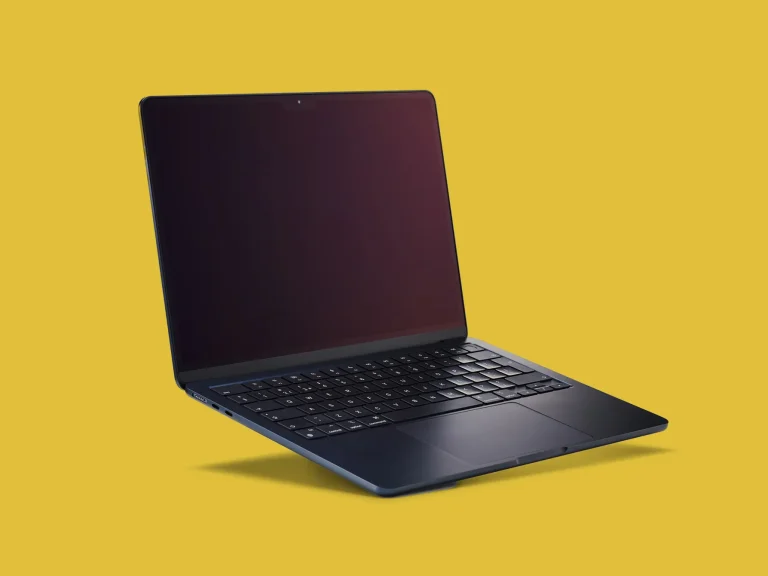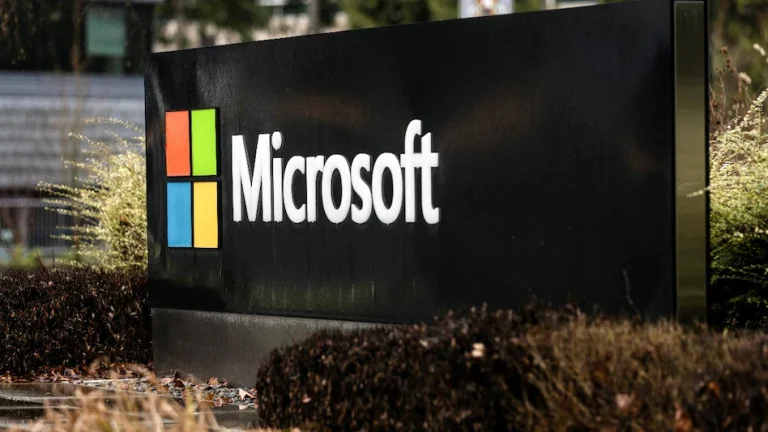When Parag Agrawal walked out of Twitter in 2022, after Elon Musk’s messy takeover, most assumed he’d fade into the background of Silicon Valley—maybe join a VC firm or quietly advise a few stealth projects. Instead, he went quiet. Years of near radio silence. No flashy podcasts, no LinkedIn think pieces, no “former tech exec launches Substack” announcement.
Now, in 2025, Agrawal has returned—and he hasn’t come back small. His new AI startup, backed with roughly ₹260 crore (around $30 million), is already making headlines for a claim bold enough to stir even a jaded tech crowd: its models, according to Agrawal, outperform GPT-5 by 10%.
A Measured Man Makes a Loud Claim
Agrawal is not the type to traffic in hype. Colleagues remember him as cautious and deliberate, an engineer’s engineer who rarely indulged in grand gestures. Which is why his announcement caught the industry so off guard.
“We’re not interested in buzzwords,” he said at a small press gathering in Bengaluru. “We’re interested in measurable improvements. Our early benchmarks suggest we’ve achieved about a ten percent accuracy gain compared to GPT-5 across core evaluation sets.”
That’s not the kind of line you can drop casually. GPT-5, OpenAI’s current flagship, has been the industry benchmark—the system others define themselves against. For a fledgling company to announce it’s already ahead? That lands like a thunderclap.
The Weight of Ten Percent
To outsiders, 10% might sound modest. But in the AI arms race, where progress is measured in percentage points and marginal gains can mean billions in commercial value, it’s seismic. Think of it less like shaving a second off a sprint and more like giving runners jet-powered shoes.
Analysts are already speculating: does Agrawal’s startup have a novel architecture? A clever data pipeline? Or is this simply another case of cherry-picked benchmarks that don’t hold up in the real world? The startup isn’t saying much, beyond emphasizing that results were validated by independent researchers.
Skeptics abound—as they should. AI is full of companies that promise “better than OpenAI” without surviving long enough to prove it. But the difference here is pedigree. Agrawal didn’t just run a social platform; he was once Twitter’s chief technology officer, responsible for some of the earliest experiments with large-scale machine learning on social networks. He understands both the science and the politics.
A Crowded Battlefield
The timing of his comeback is telling. The AI market has hit a fever pitch. Meta is spending tens of billions in its quest for artificial general intelligence, Nvidia is building custom chips for China, and Google is scrambling to maintain relevance after Gemini’s uneven rollout. Everyone, it seems, is betting on scale.
Agrawal’s startup, in contrast, is betting on precision. “Scale isn’t everything,” he told one interviewer. “We believe the next breakthroughs will come from smarter training, not just bigger training.”
It’s a subtle jab at OpenAI’s approach, which has leaned heavily on brute-force scaling of compute and data. If Agrawal’s team can show that a leaner model consistently beats GPT-5, it could spark a new phase in the AI wars: one defined not by who can spend the most, but by who can optimize the best.
The Stakes Ahead
For all the noise, one truth lingers: credibility will decide whether this startup is remembered as a footnote or a turning point. A single demo, a widely available API, or a published research paper could shift the perception from skepticism to legitimacy overnight.
If Agrawal delivers, he’ll cement himself as more than the CEO who got swept aside in the Musk saga. He’ll be the one who re-entered tech not with a podcast, but with a punch to the gut of the most powerful AI company in the world.
For now, though, the world waits. Ten percent isn’t just a number. It’s a gauntlet.







